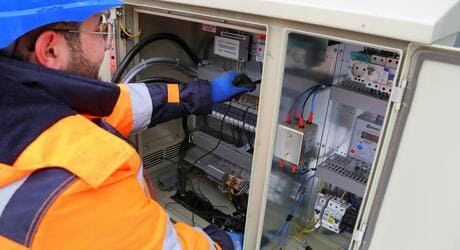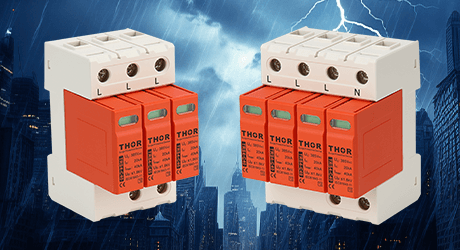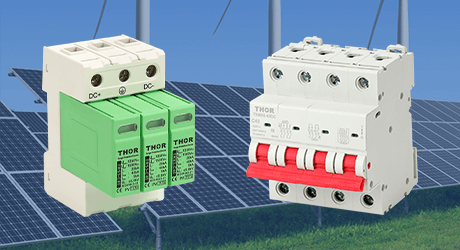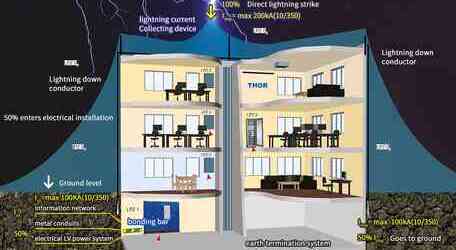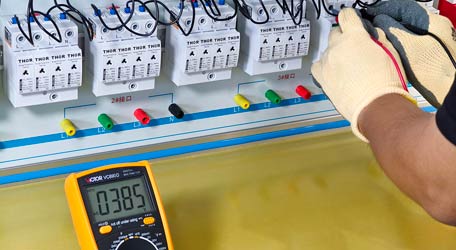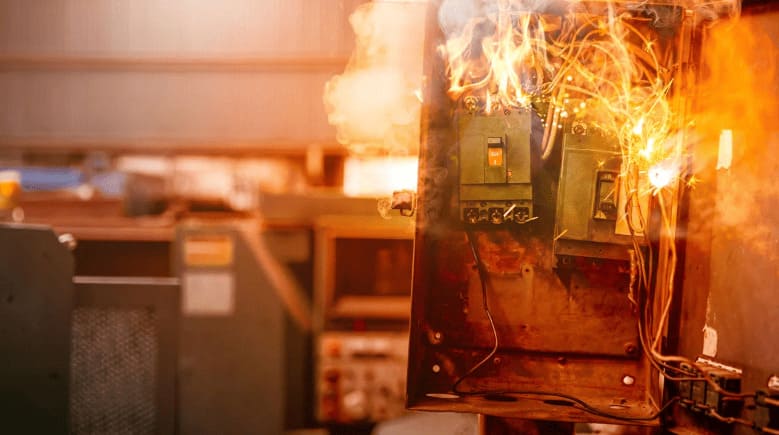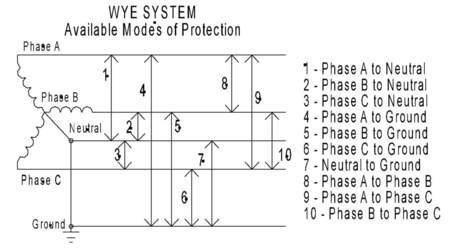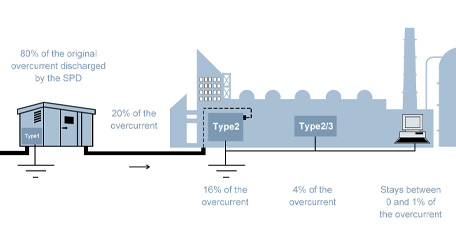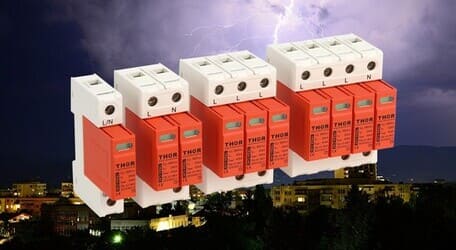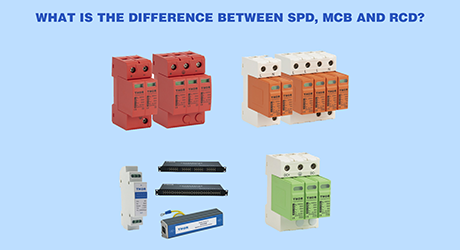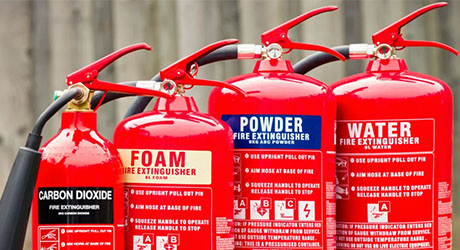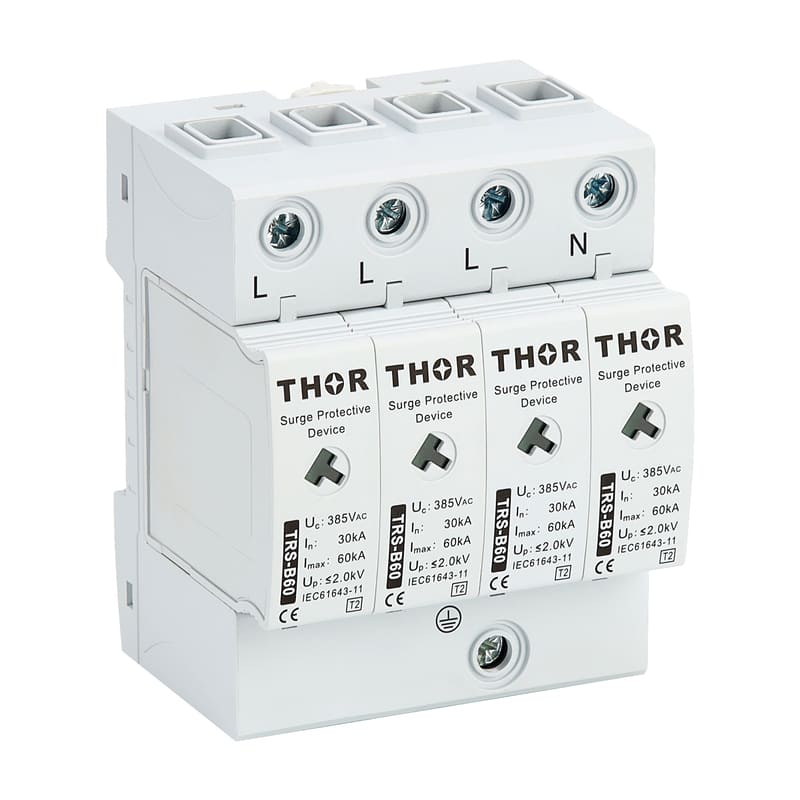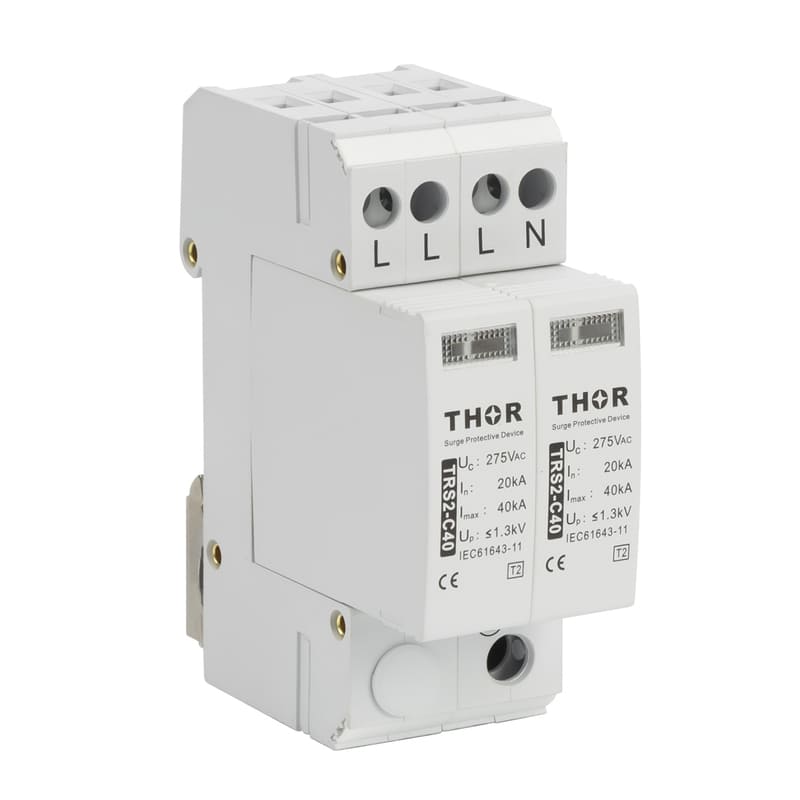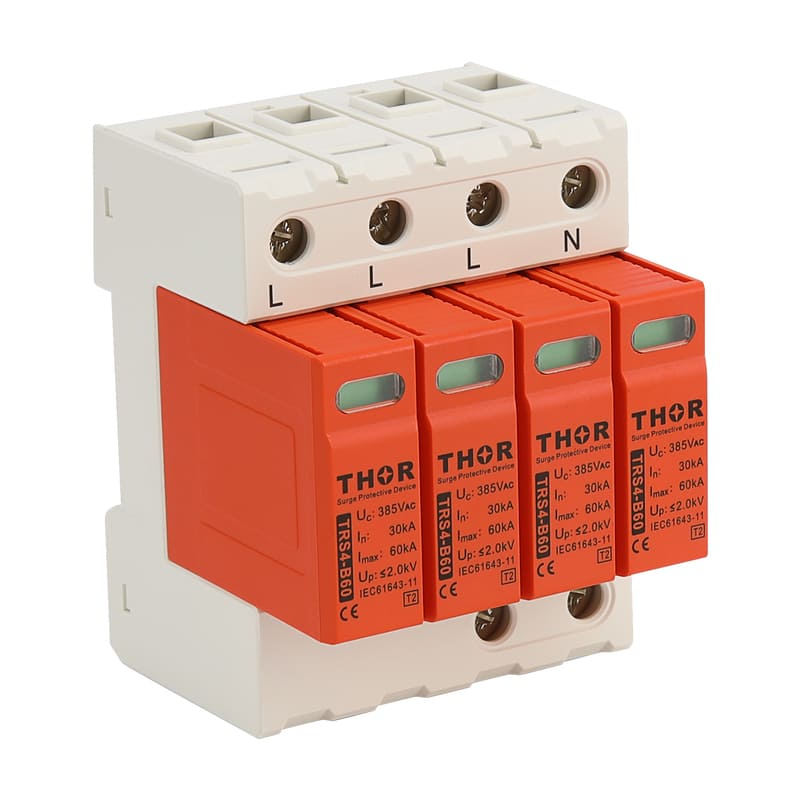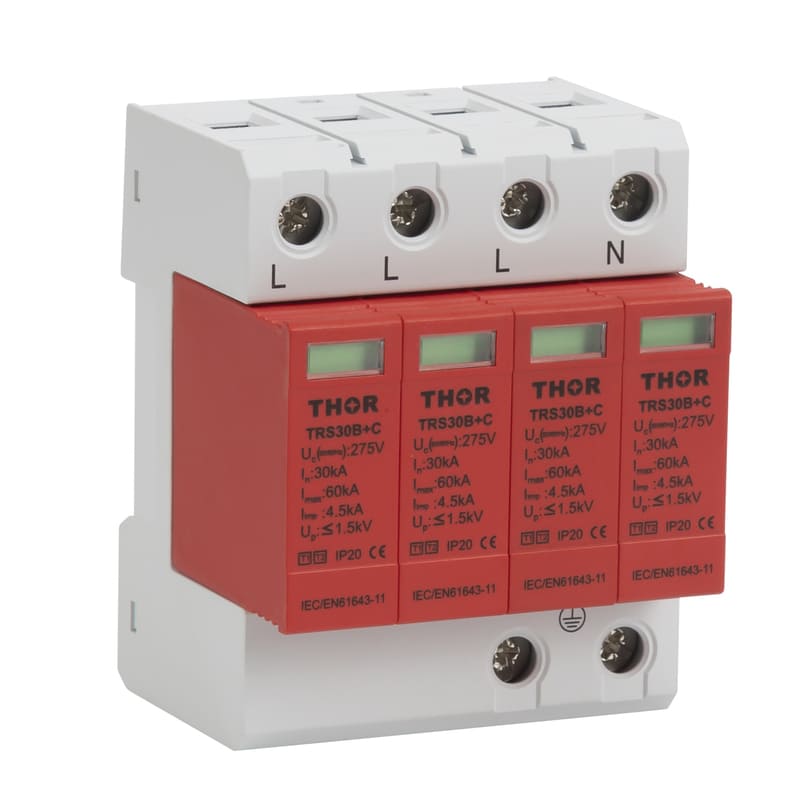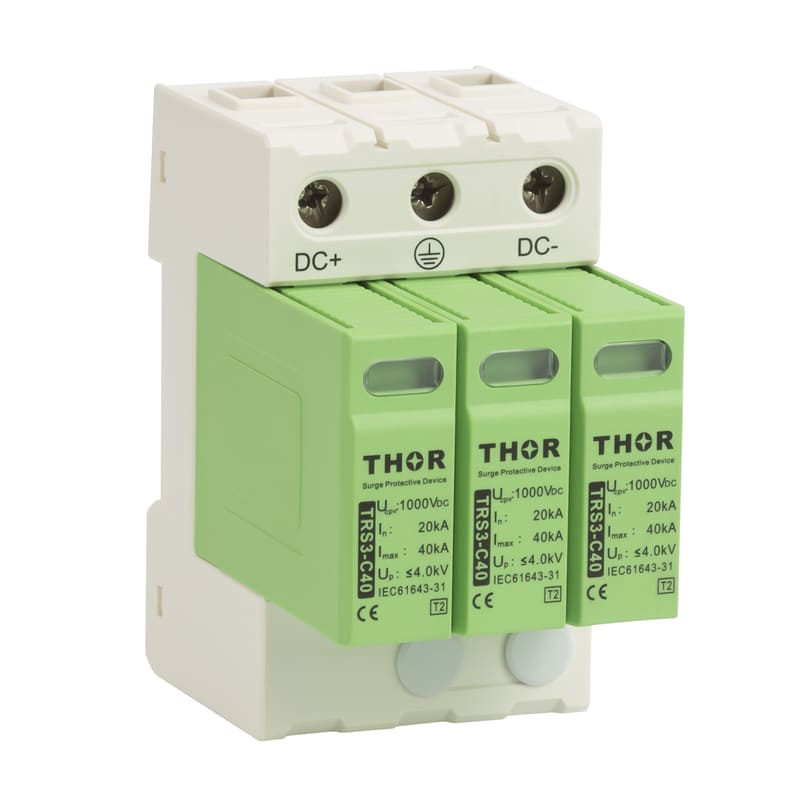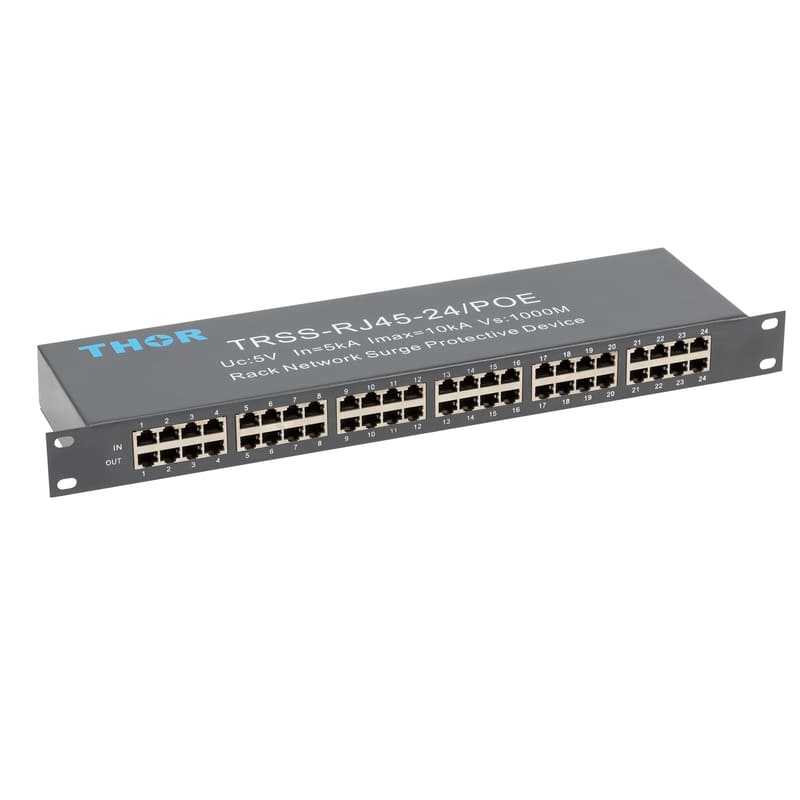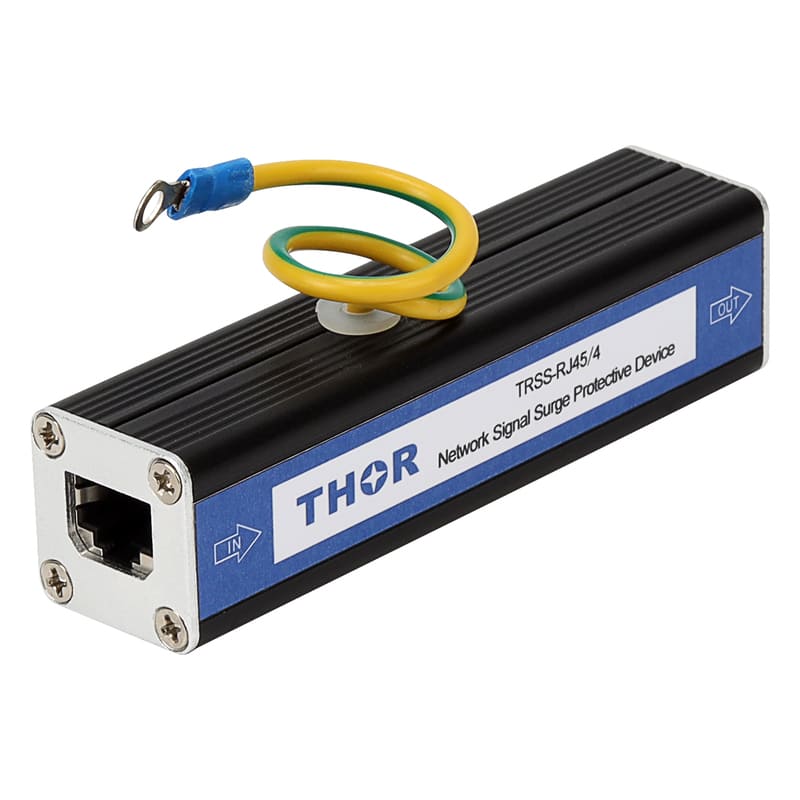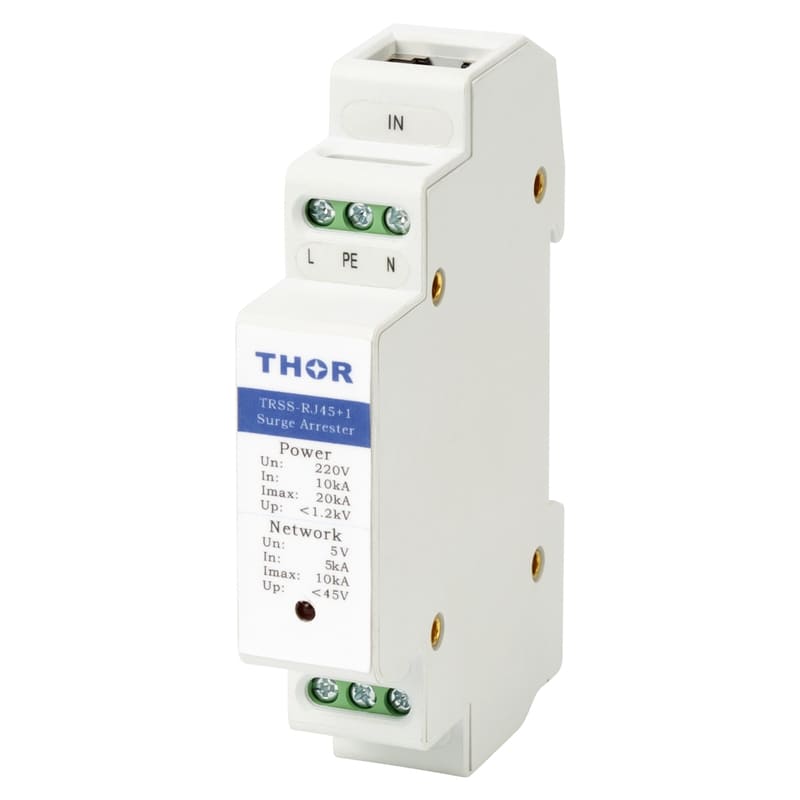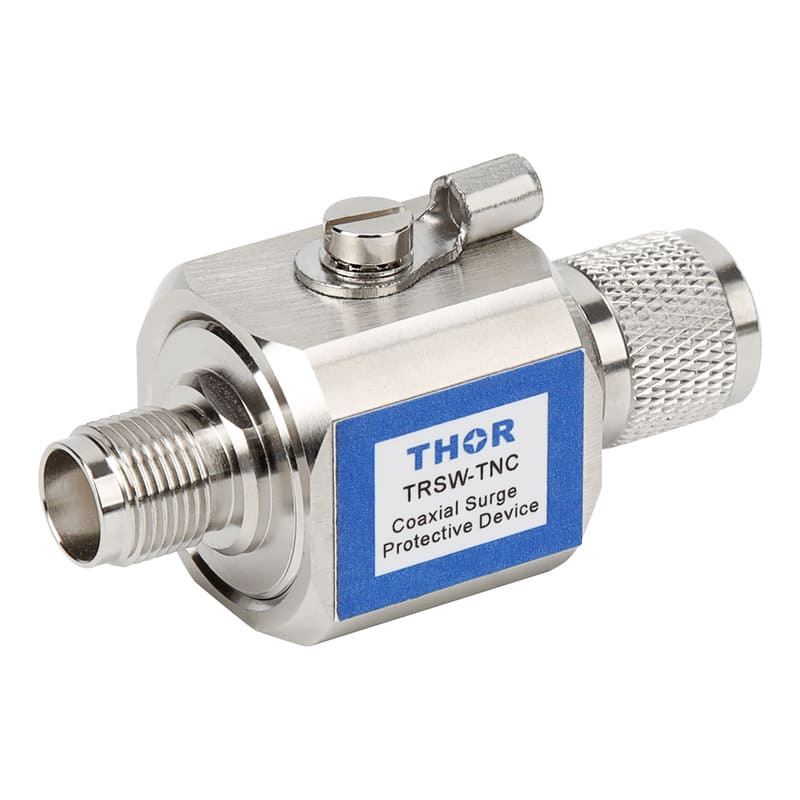Decoupler
The decoupler, also known as the decoupler, is specially designed to coordinate the energy coordination of the main (front) and secondary (rear) power supply surge protectors. When the "own" inductance of the active conductor cannot complete the coordination function, that is, when the installation distance cannot meet the requirements, it is necessary to install a decoupler between the primary and secondary to decouple and divide the voltage, increase the line inductance, cooperate with the action of the two-stage surge protector and the function of energy discharge to achieve the safest protection effect.
The decoupler has excellent inductance characteristics for the instantaneous high-energy lightning current, which can ensure the reliable operation of the surge protector when the lightning comes. If there are several surge protectors in the grid, they will affect each other, which means that the energy coordination must be achieved between the parallel protectors. The effect of cooperation is that when a surge overvoltage is formed due to lightning, the surge protector (Class B) will respond reliably and take away high-energy current to protect other surge protectors (Class C or Class D).
The so-called decoupling voltage difference refers to the difference between the working voltage of the front and rear circuit networks. The decoupling circuit can prevent the impact of the current impact formed in the power supply circuit on the normal operation of the network when the current of the front and rear circuit networks changes. In other words, the decoupling circuit can effectively eliminate the parasitic coupling between circuit networks. The value of the decoupling filter capacitor is usually 47~200μF, and the larger the decoupling pressure difference is, the larger the value of the capacitor should be.
At present, most decouplers adopt a modular structure, and are connected in series between the front and rear surge protectors. The corresponding decoupler should be selected according to the load current of the line according to the IEC 61643-1 and GB 50343 standards.
The decoupler is installed in series in the low-voltage power supply system with a rated voltage of 500V and below. It is used to increase the inductance of the wire, make up for the lack of wire length, and coordinate the coordination between different specifications of the lightning protection device. Typical applications in B-class and C-class lightning arresters are installed in a distribution box. When multi-level SPDs are connected in parallel in the protected line, if the line length between the switch-type SPD and the voltage-limiting SPD is less than 10m or the line length between the voltage-limiting SPDs is less than 5m, in order to realize the energy coordination among the multi-level SPDs, appropriate resistance or inductance elements should be connected in series between the SPDs. These resistance or inductance elements are called decoupling elements.
If you need to purchase a decoupler, please contact Thor Lightning Protection!


